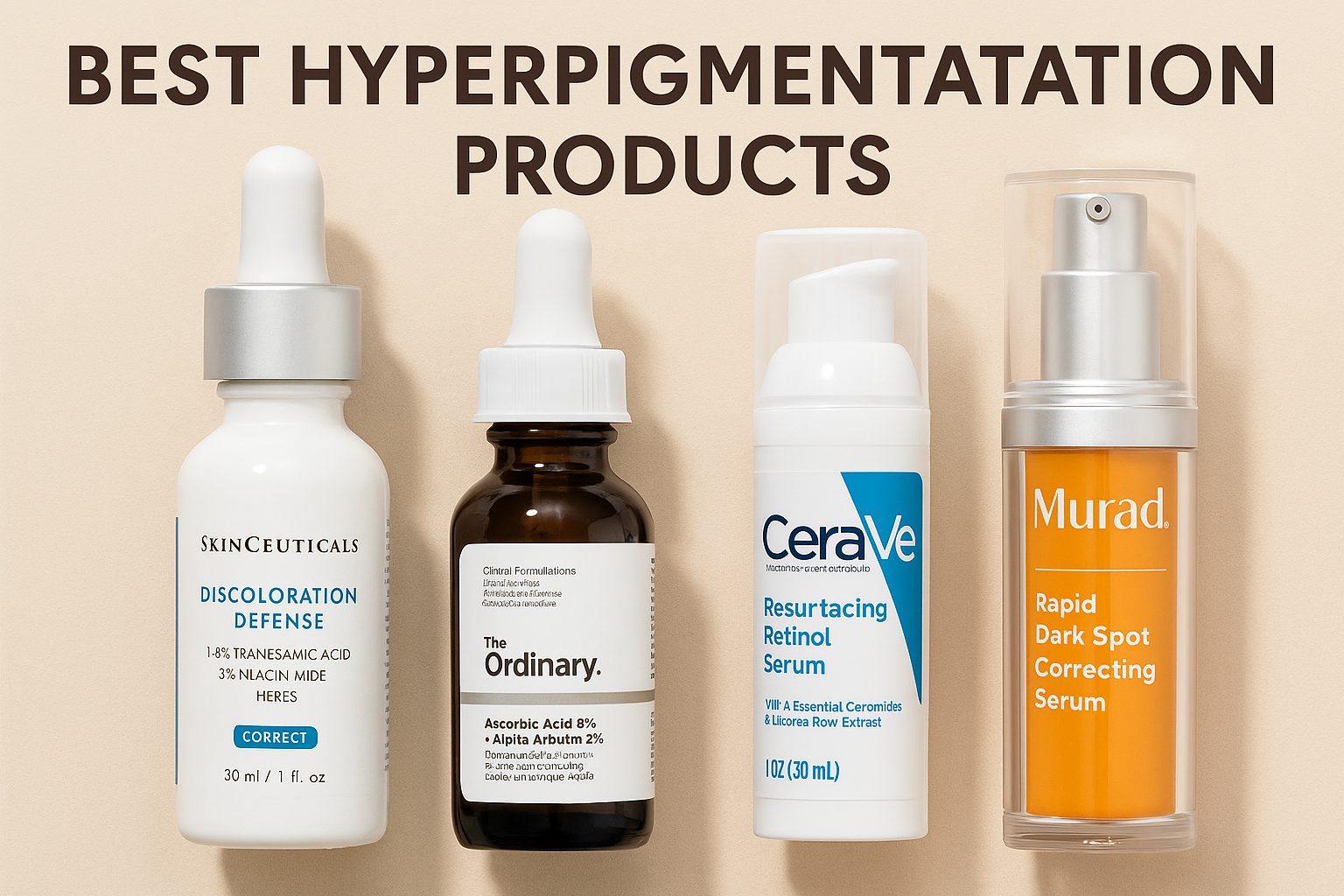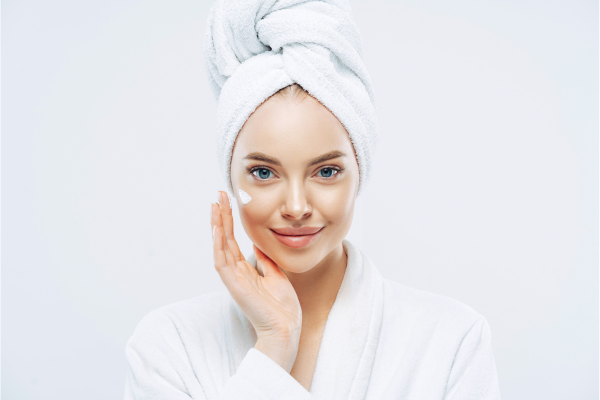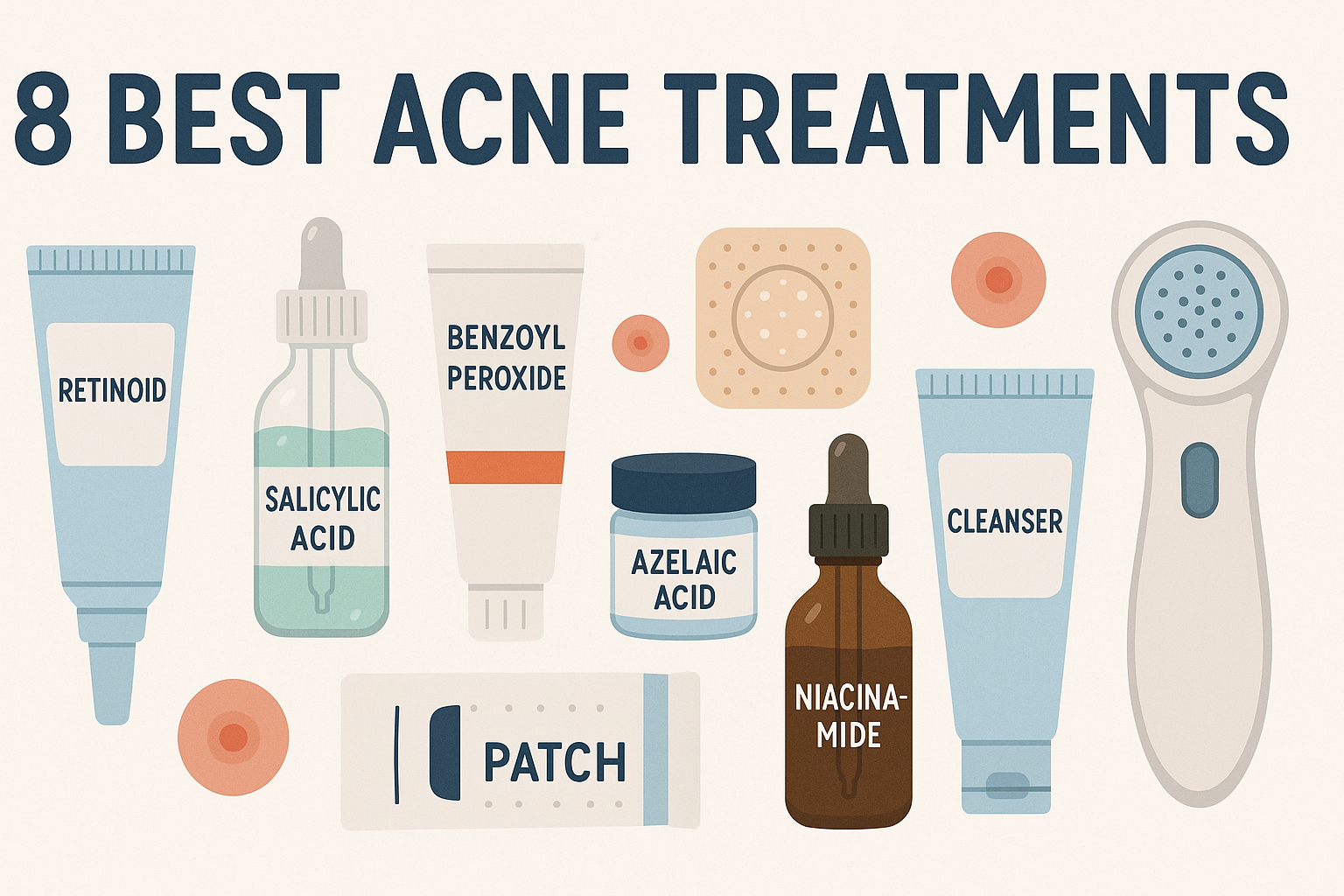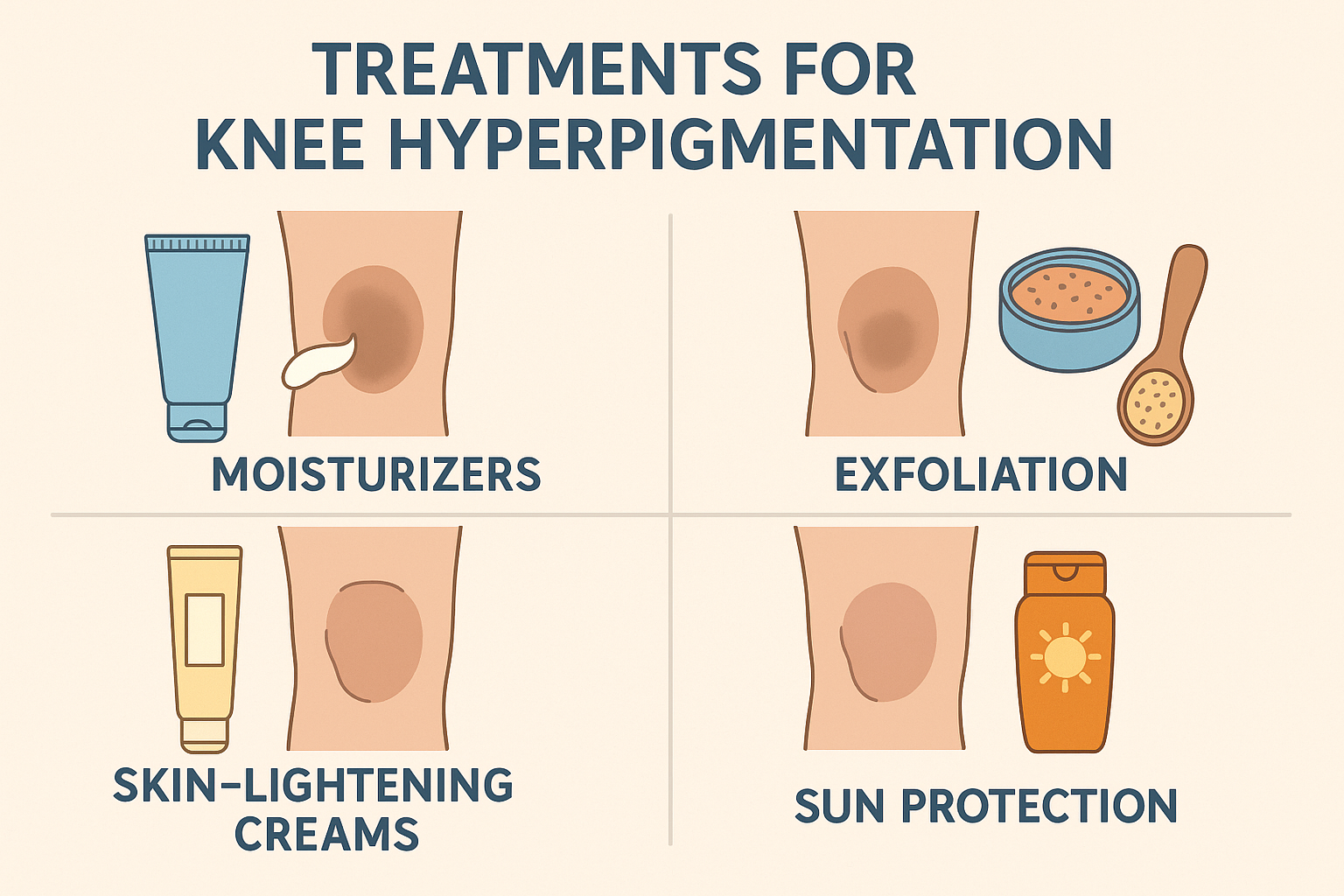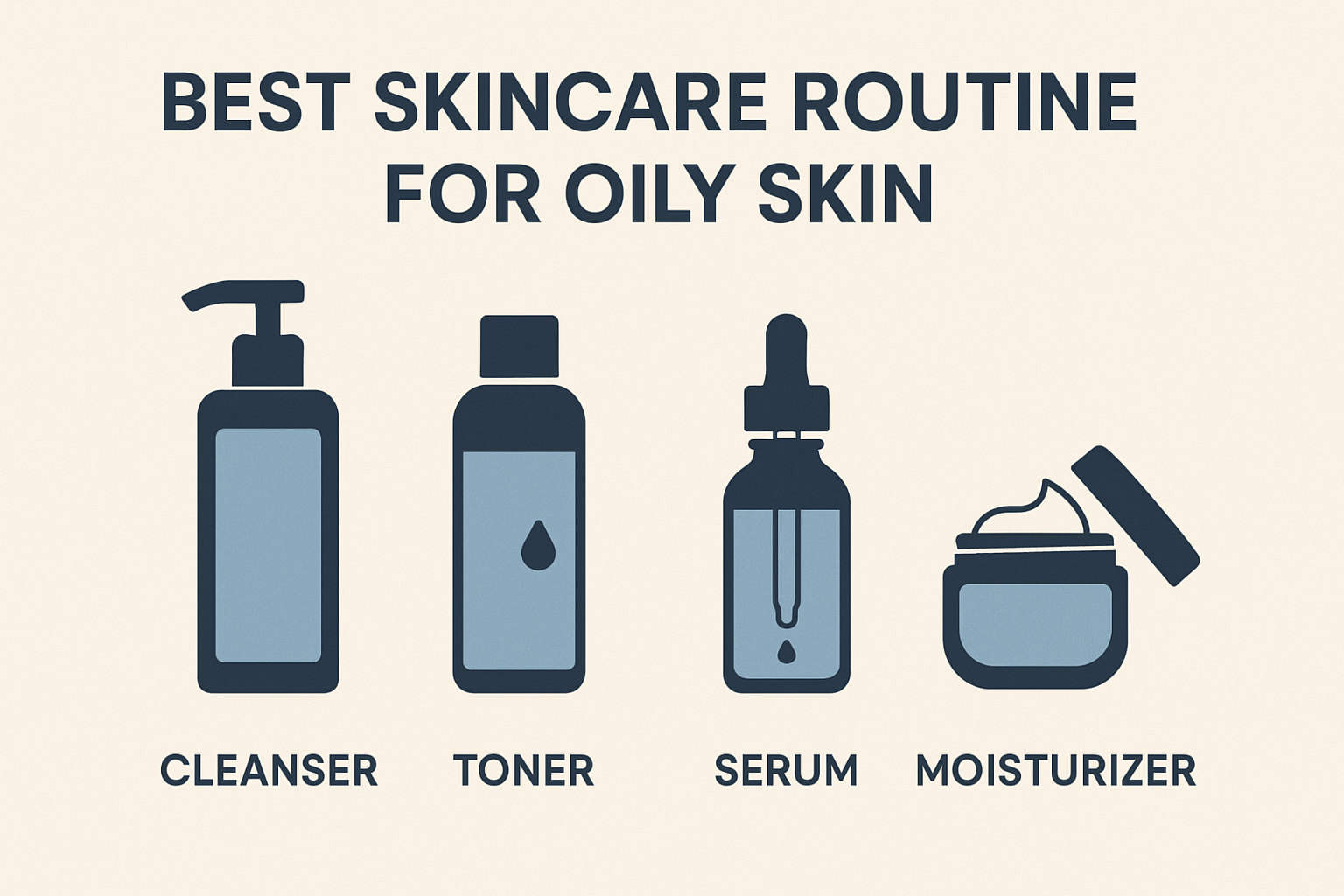Stop Guessing: Use This Exfoliator Based on Your Skin Type

Healthy skin care goes beyond just cleansing and moisturizing. Exfoliation is a key step that removes dead skin cells, leaving your skin brighter, smoother, and more radiant. However, picking an exfoliator randomly can backfire. According to dermatologists and skin experts, your exfoliation products should match your skin type to maximize benefits and minimize irritation.
Many beginners often ask: “Which exfoliator suits my skin best?” Experts like estheticians Shani Darden and Rianna Loving, and board-certified dermatologist Dr. Vermén Verallo-Rowell, recommend specific products for different skin types—from sensitive and dry to oily and combination. By tailoring your exfoliation routine, you can safely boost skin clarity, reduce clogged pores, and enhance overall skin health.
This guide helps you make informed choices, ensuring your skincare routine is effective without causing redness, breakouts, or over-drying. Choosing the right exfoliator is the first step to a glowing complexion that lasts.
What Are Exfoliators?
Exfoliators are skincare products designed to remove dead skin cells, revealing a fresher, brighter complexion. Beyond appearance, exfoliation improves absorption of serums and moisturizers, making your overall skincare more effective.
There are two main types:
- Chemical Exfoliators – Contain active ingredients like AHA (Alpha Hydroxy Acid) and BHA (Beta Hydroxy Acid). These acids gently dissolve dead skin cells without harsh scrubbing, suitable even for sensitive skin in low concentrations. They help unclog pores, smooth texture, and reduce blemishes.
- Physical Exfoliators – Use fine grains or beads to manually slough off dead skin. While effective, scrubs must be used cautiously on sensitive or acne-prone skin to avoid irritation or microtears.
Choosing between chemical and physical exfoliation depends on your skin type, concerns, and tolerance. Knowing which one suits you ensures a safe, glowing result without redness or discomfort.
Exfoliators By Skin Type
- Oily Skin: Chemical
For oily skin, gentle chemical exfoliators are ideal 2–3 times a week. Shani Darden recommends products like Dr. Dennis Gross Peel Pads, which combine AHA for surface renewal and BHA to unclog pores, leaving skin clear without dryness. - Combination (Balanced to Dry): Either
Skin that leans dry or normal can use either chemical or mild physical exfoliators. Dr. Vermén Verallo-Rowell notes that medium-texture scrubs are safe and effective, helping skin glow without irritation. - Combination (Balanced to Oily): Either
Oily-combination skin benefits from either light chemical or gentle physical exfoliation. Rianna Loving suggests Pixi Glow Peel Pads with glycolic acid and rose water to balance exfoliation and hydration. - Dry Skin: Chemical
Dry skin thrives on chemical exfoliators. Products like Triple Acid Signature Peel (lactic, mandelic, glycolic acids) gently remove dead cells while brightening skin and preventing irritation. - Acne-Prone Skin: Chemical
Avoid harsh scrubs. Chemical exfoliants like salicylic or glycolic acid (e.g., Mario Badescu Glycolic Foaming Cleanser) reduce oil, clear pores, and fade acne marks safely. - Mature Skin: Both
Combining gentle physical and chemical exfoliation speeds cell renewal and minimizes fine lines. A mix of AHA and BHA is recommended for rejuvenation. - Sensitive Skin: None or Ultra-Gentle
Sensitive skin should avoid traditional exfoliants. Alternatives like rice powder or oatmeal can provide mild exfoliation, or skip exfoliation entirely if medically necessary.
How Often Should You Exfoliate? Signs of Over-Exfoliation
Exfoliation isn’t just about the type of product—it’s also about frequency. Dermatologists recommend that oily or acne-prone skin can use a gentle chemical exfoliant 2–3 times per week, while dry or sensitive skin benefits from 1–2 times per week. Overdoing it can backfire.
Signs of over-exfoliation include:
- Redness or irritation
- Tight or flaky skin
- Enlarged-looking pores
- Increased sun sensitivity
Skin experts stress monitoring your skin’s response. If irritation occurs, reduce frequency or pause exfoliation until your skin recovers. Pairing exfoliation with a moisturizer and broad-spectrum sunscreen is essential, as it protects and hydrates newly renewed skin.
Start slowly, track results, and adjust based on how your skin feels. Consistency matters more than intensity—gentle, regular exfoliation keeps your skin smooth and radiant without causing damage.
Ingredients to Look for (and Avoid) in Exfoliators
Choosing the right exfoliator means understanding its active ingredients. For oily or acne-prone skin, chemical exfoliants like AHA (glycolic or lactic acid) and BHA (salicylic acid) clear pores and promote cell turnover. Dry or sensitive skin fares better with mild acids or natural enzymes like papain from papaya or bromelain from pineapple.
Avoid harsh physical exfoliants such as coarse sugar or salt scrubs, especially on sensitive or acne-prone skin. Dermatologists warn that abrasive scrubs can cause micro-tears and long-term inflammation.
Pro tips: always read labels, opt for fragrance-free or alcohol-free formulas, and perform a patch test before regular use. Choosing the right ingredients ensures safe, effective exfoliation that improves texture, brightness, and overall skin health without irritation.
Final Thoughts
Exfoliation is a key step in any effective skincare routine, but its benefits depend on choosing the right product for your skin type and using it correctly. Oily and acne-prone skin respond best to gentle chemical exfoliants, while dry or sensitive skin needs mild acids or natural enzymes. Combination and mature skin can use a mix of chemical and physical exfoliation, with care.
Frequency matters—over-exfoliating can cause redness, irritation, or enlarged pores. Always monitor your skin, pair exfoliation with moisturizer and sunscreen, and adjust based on how your skin reacts.
By understanding your skin type, selecting safe ingredients, and exfoliating wisely, you can maintain smooth, bright, and healthy skin. With a tailored routine, exfoliation becomes a safe, effective step toward long-term skin clarity and radiance.


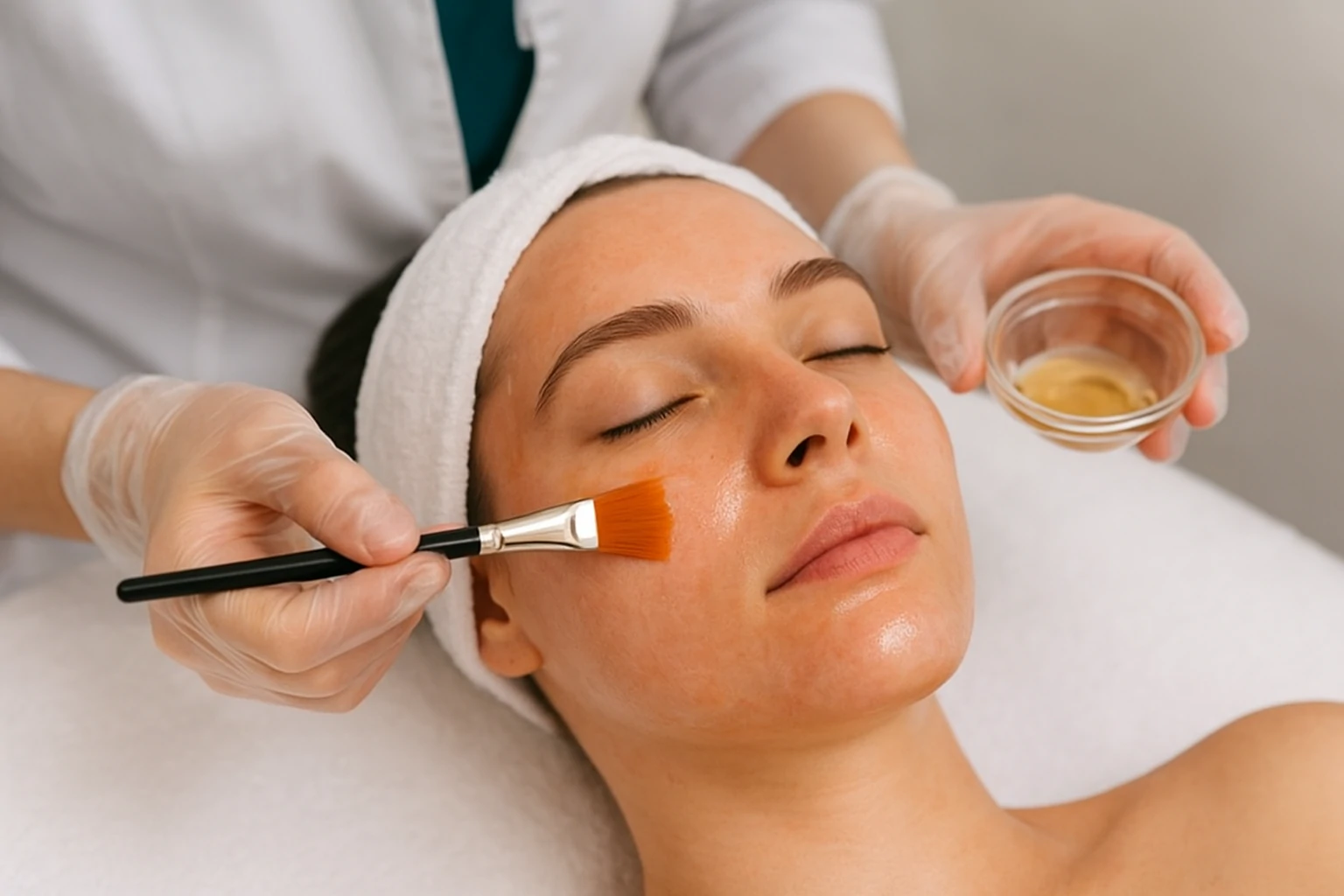

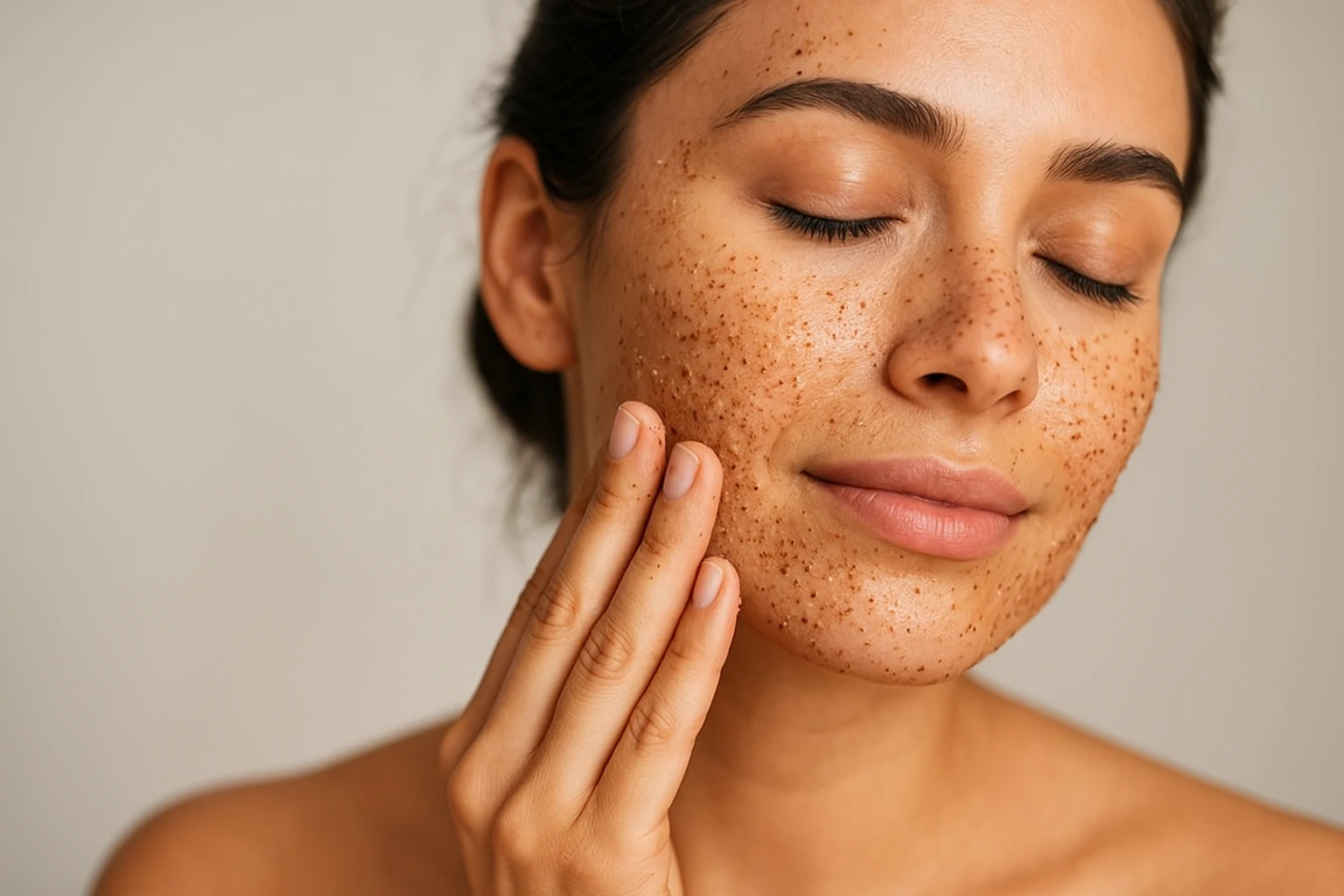
 Acne
Acne Anti-Aging
Anti-Aging Business
Business Digital Marketing
Digital Marketing Economics
Economics Exfoliation
Exfoliation Movies
Movies Personal Finance
Personal Finance Websites
Websites
